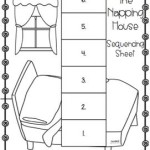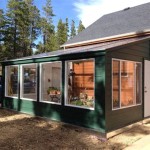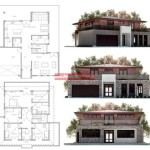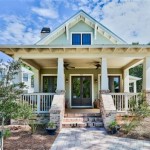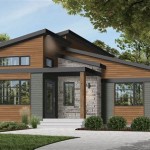Essential Aspects of Small Homestead House Plans
Building a homestead is a rewarding endeavor that requires careful planning and execution. Small homestead house plans offer a practical and affordable solution for aspiring homesteaders, providing a foundation for a self-sufficient and sustainable lifestyle. Here are some essential aspects to consider when designing your own small homestead house plan:
Layout and Space Planning
The layout of your homestead house should optimize space and functionality. Consider the number of bedrooms, bathrooms, and other essential spaces. Plan for a small living area that can be used for multiple purposes, such as dining and entertaining. Incorporate built-in storage solutions to maximize space and minimize clutter.
Energy Efficiency and Sustainability
Energy efficiency is crucial for homesteading, reducing operating costs and environmental impact. Consider passive design principles, such as orientation to maximize daylighting and natural ventilation. Incorporate energy-efficient appliances, lighting, and insulation to minimize energy consumption. Explore renewable energy sources like solar panels and rainwater harvesting systems to become more self-reliant.
Water Management
Water is a vital resource on a homestead. Design your house to capture and store rainwater for non-potable uses, such as irrigation and livestock. Consider groundwater sources like wells or boreholes to ensure a reliable water supply. Plan for appropriate wastewater management systems to minimize environmental impact.
Zoning and Regulations
Before finalizing your house plans, check local zoning regulations and restrictions. Ensure that your plans comply with building codes and setbacks. Research any necessary permits or inspections required to construct your homestead.
Materials and Construction
Choose durable and sustainable materials for your homestead house. Consider local resources, recycled materials, and materials with low environmental impact. Explore building methods like passive house construction or straw bale construction for energy efficiency and cost savings.
Outdoor Living and Agriculture
Your homestead house should seamlessly connect with the outdoor spaces. Plan for a porch, patio, or deck to extend living areas and provide outdoor relaxation. Incorporate landscaping and edible gardens to support food production and enhance biodiversity.
Flexibility and Expansion
Homesteading is an evolving process, and your house plans should allow for flexibility and future expansion. Consider modular designs that enable you to add additional rooms or outbuildings as your needs grow. Design spaces that can serve multiple functions or be easily repurposed.
Cost Considerations
Budgeting is critical for any homestead project. Before starting construction, estimate the total cost of materials, labor, and permits. Explore cost-saving measures, such as using reclaimed materials, bartering for services, or doing some of the work yourself. Consider long-term cost savings from energy-efficient design and sustainable practices.
By carefully considering these essential aspects, you can create a custom small homestead house plan that meets your specific needs and aspirations. A well-designed homestead house will not only provide shelter but also support your sustainable lifestyle, foster community, and enrich your daily life on the homestead.
House Plans The Homestead Cedar Homes

Homestead House Plans And Designs That Are Captivating Rural Living Today

30 Small Cabin Plans For The Homestead Prepper Survivalist Blog

55 M2 Or 592 Sq Foot 2 Bedroom Small Home Design Homestead Tiny House Plan Concept Plans For

Inspiring Homestead Farm Design Ideas Homesteading Layout Garden Planning

25 Gorgeous Farmhouse Plans For Your Dream Homestead House

Passive Solar House Plans For Our Off Grid Homestead Byexample Com

Homestead House Plan Country Farmhouse

Homestead House Plan Country Farmhouse

Classic Homestead 1 Floor Plan Barn Home Davis Frame Plans House Timber

